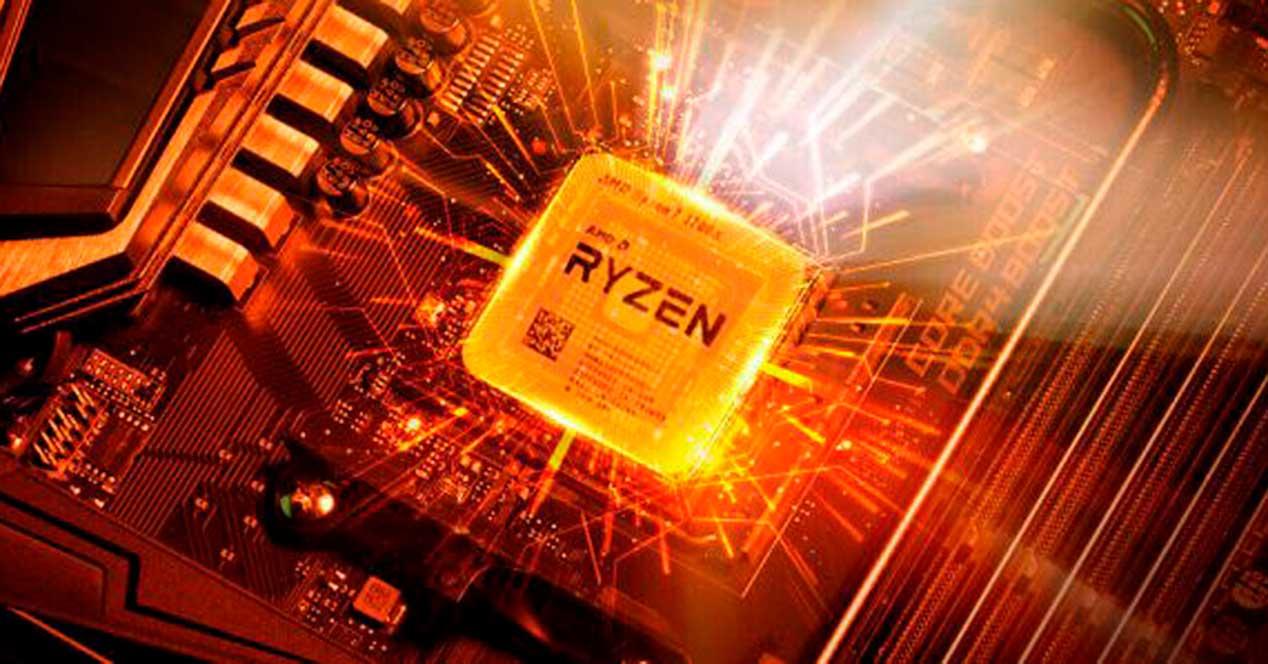The AMD Ryzen 5000 for desktop or desktop PC have a problem, they don’t include integrated graphics inside, so for some users they are not the most suitable solution. Especially for the OEM market where PCs are assembled with the most integrated parts possible to reduce costs. In the case of its Zen 3, AMD will launch a desktop version of its Cezanne SoCs for laptops, but adapted to run on desktop motherboards.
What are AMD Ryzen 5000G for desktop?
The AMD Ryzen 5000 Pro line consists of three different models: AMD Ryzen 7 5700G, AMD Ryzen 5 5600G and AMD Ryzen 3 5300G, which we talked about a few days ago, since the Mexican division of Hewlett Packard had leaked them. These processors are the same as their portable equivalents, but suitable for desktop computers.
Well, new data has been learned, this time from the PRO versions of these processors, with which they share the same base clock speed, although we don’t know the Boost speed they achieve compared to normal versions. Remember that PRO models are designed for the professional market. These have inside specialized units ree in the face of data security and have extensive guarantees compared to conventional versions.
Another thing we may have found out is that the AMD Ryzen 5000G for desktop is the fact that it won’t be BGA chips soldered directly to the board like it does with some laptop versions, but they will use the AM4 socket, so this opens up the possibility for those who buy a PC with these processors to upgrade them to a better one that uses the same socket.
Everything indicates that the AMD Ryzen 5000G desktop series, both in its standard and PRO variants, will not be sold to ordinary users, but to PC assemblers and manufacturers. We will therefore see these processors on pre-built PCs which will be released in the coming weeks.
This is how the AMD Ryzen 5700G for AM4 works
The AMD Ryzen 7 5700G is the most powerful processor in the Ryzen 5000G line of desktop computers. With an 8-core and 16-thread configuration, its base clock speed is 3.8 GHz with a boost of 4.6 GHz. Like the rest of the AMD Ryzen 5000G for desktop, it only has 16MB of L3 cache, compared to 32MB for the rest of the Ryzen 5000 for desktop, but unlike these, it has an integrated GPU. Which is an AMD Vega with 8 compute units at 2.1 GHz. In the benchmark included in CPU-Z, the AMD Ryzen 7 5700G for Desktop scores 631.4 points in the single-threaded test and a score of 6782.2 in the multi-threaded test.
Compared with other processors from AMD and Intel, we can see that in single thread performance it is superior to Zen 2 based AMD Ryzen 7 3800X and Intel Core i7-10700K. This is explained by the superiority in IPC of the Zen 3 architecture over Zen 2 and Comet Lake.
In the case of the multi-threaded performance test, the ranking does not change, as we are facing a comparison of 8-core processors really and there are no additional cores in some processors which give them an advantage. It’s surprising how close the AMD Ryzen 5700G is on par with the AMD Ryzen 7 5800X despite having half the L3 cache.













